Winter is approaching, which means it’s time to break out the soft, cozy, organic cotton flannel sheets. If you don’t already own a set, I highly recommend them for those cold nights when you just want to dive under the blankets and stay warm… and healthy.
You see, despite cotton’s reputation as a “natural” fiber, the tremendous quantity of chemicals needed to grow and produce conventional cotton fabric make it fairly unnatural. In fact, between the pesticides used in farming, and the dyes and finishing products applied in the manufacturing end of things, it takes about a pound of chemicals to produce a single pound of finished cotton cloth. Many of those chemicals remain in the fibers almost indefinitely. That’s not a good thing for the environment –OR- your health.
Luckily, organic cotton is becoming increasingly available; even affordable. Here is a quick breakdown to give you a better idea why organic cotton is the better choice:
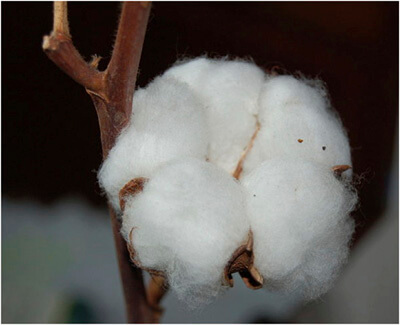
Seeds
Conventional cotton = Seeds treated with fungicides and/or insecticides. Often the seeds are GMO (genetically modified organisms).
Organic cotton = Untreated, GMO free seeds.

Pesticides and fertilizers
Conventional cotton = Synthetic fertilizers, herbicides, fungicides, and pesticides used for soil preparation, pest and weed control.
Organic cotton = Healthy soil through crop rotation and organic fertilizers. Beneficial insects and trap crops used to minimize pests.
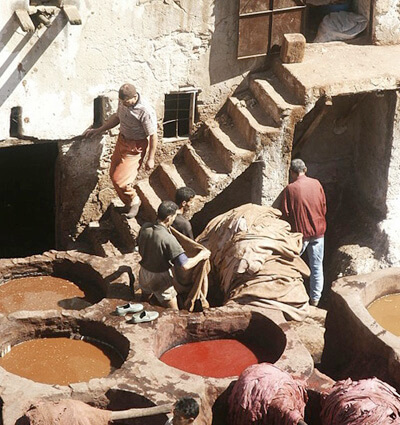
Related Articles:
Would You Live in a Shipping Container?
Winter Wellness Roundup: Health is in the Palm of Your Hands
Behind the Scenes with Ron & Lisa at the SUZANNE Show on Lifetime TV!
Green Your Home for Under $250a
5 Innovative Eco-Friendly Window Treatments
15 Morning Habits to Make Coming Back Home Even Better
Dyeing and finishing
Conventional cotton = Chlorine bleach used for whitening. Dyes can contain heavy metals and sulfur. Fabric finished using synthetic surfactants, and often formaldehyde.
Organic cotton = Safe, environmentally friendly peroxide used to whiten fabric. Only low impact fiber-reactive or natural dyes. No formaldehyde.
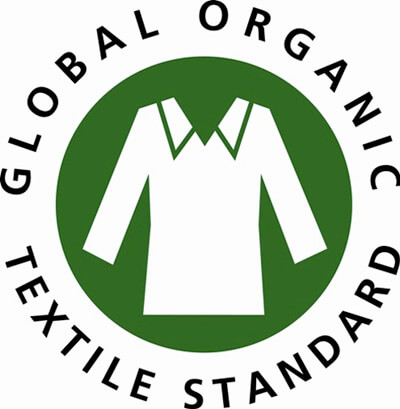
So, now that you know, what can you do about it?
Make sure you purchase organic cotton that has been certified by a recognized, 3rd party certifier, both for the fiber AND for the final fabric. GOTS, or the Global Organic Textile Standard is the current gold standard when it comes to organic cotton, so make sure you ask if the product you are purchasing has been GOTS certified. If not, you might want to keep looking.
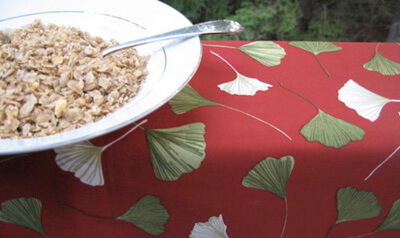
Photo credit: Harmony Art
Organic cotton – it’s not just for the crunchy, granola crowd. It’s for everyone!
Here are the 4 Benefits of Having Custom Sheets.
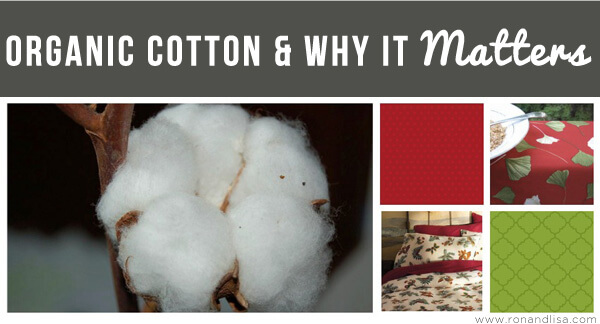
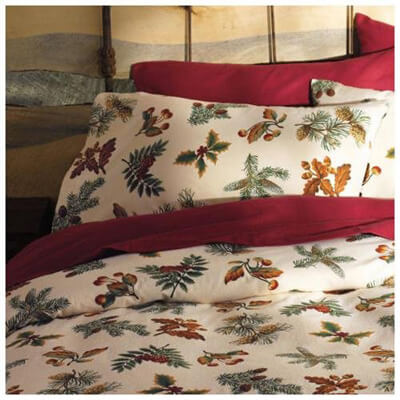



Hi, everything iis going perfectly here and odcourse every onee is sharing data, that’s truly excellent, kerp up writing.